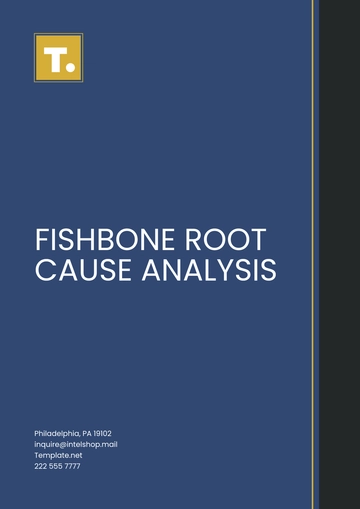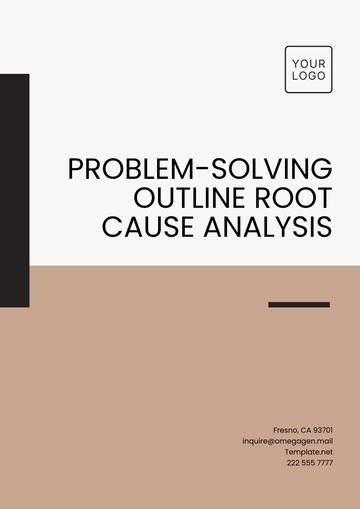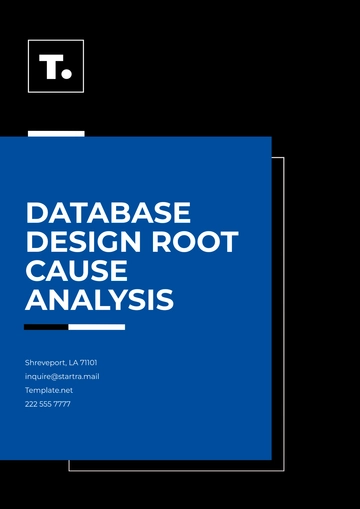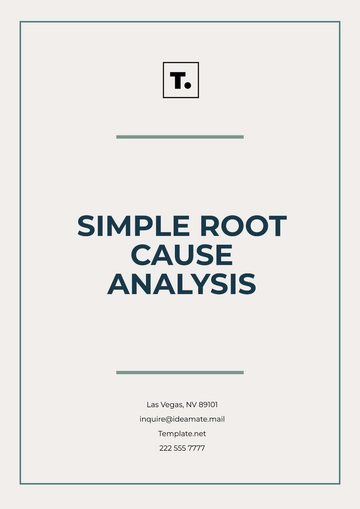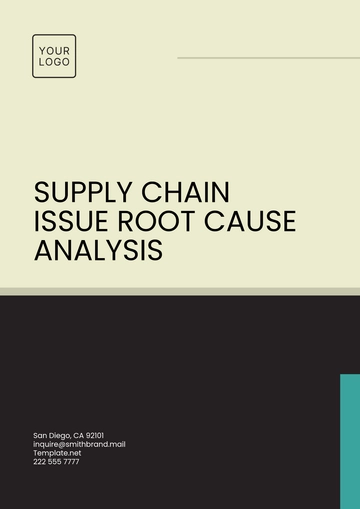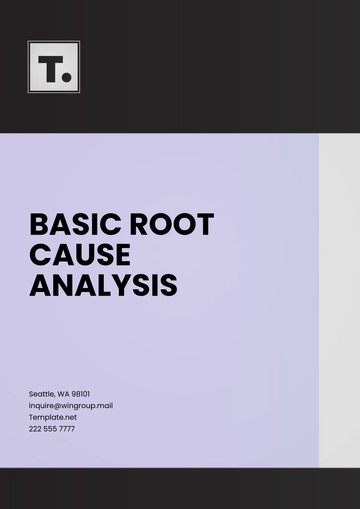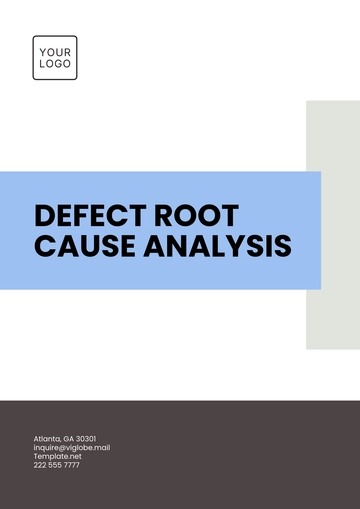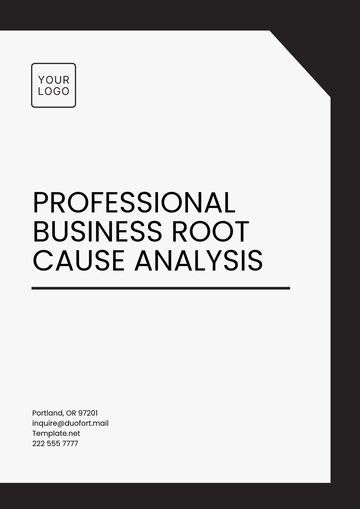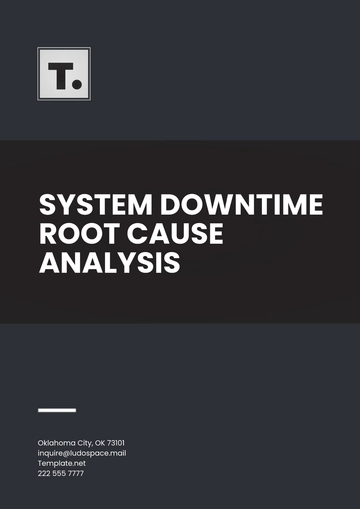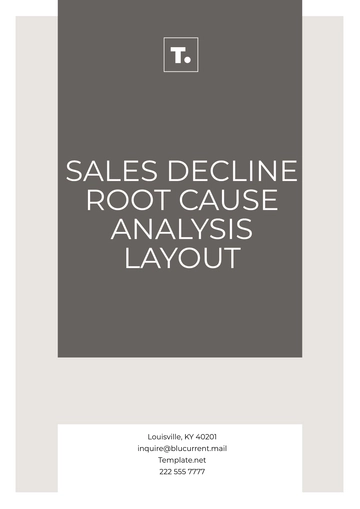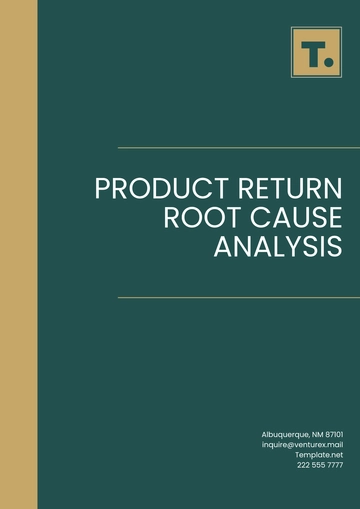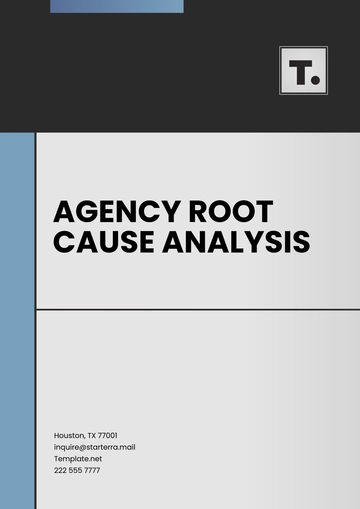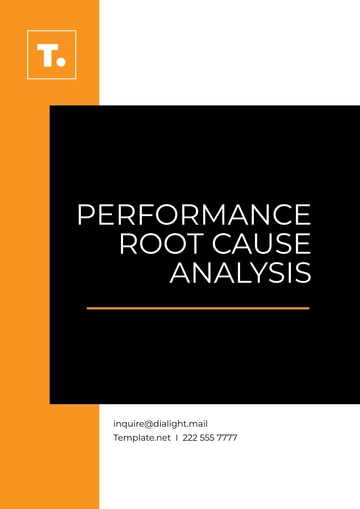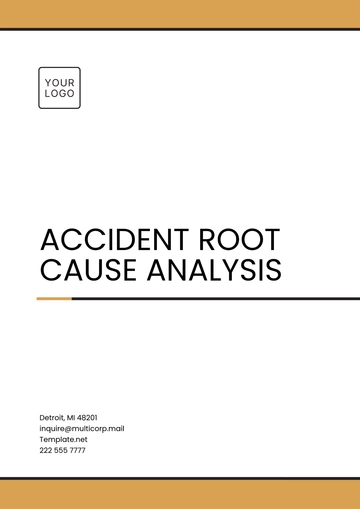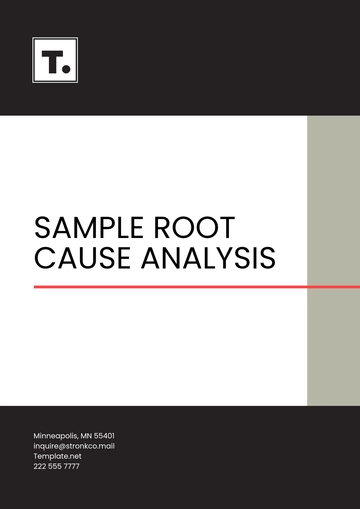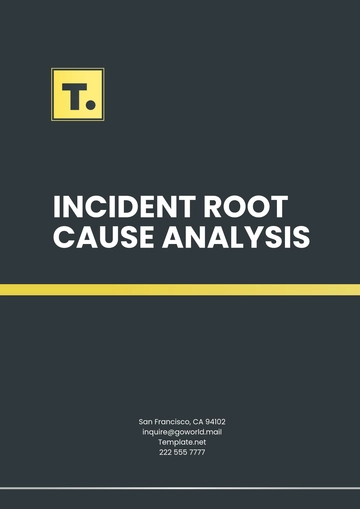Free Financial Planning and Analysis Handbook
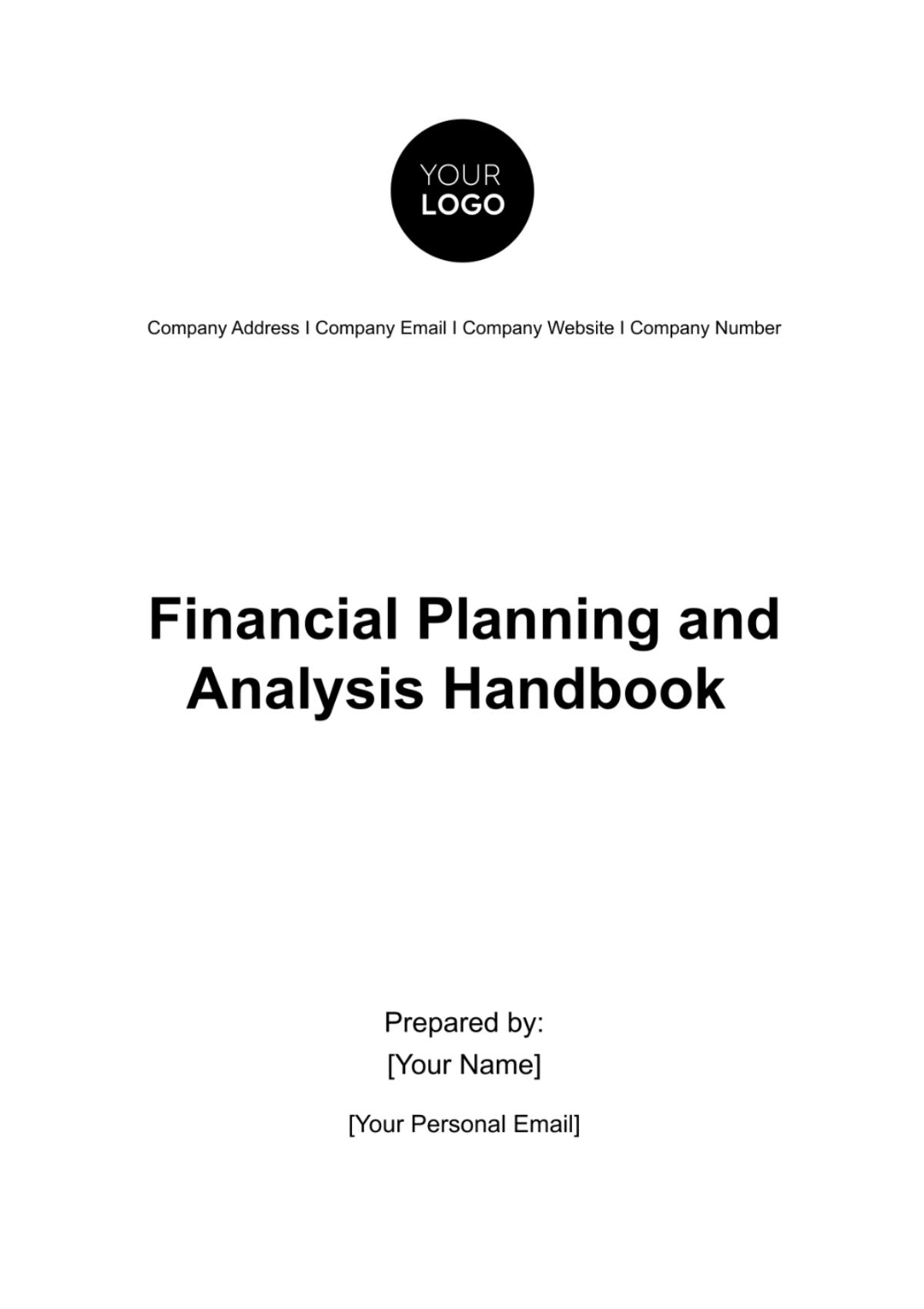
Introduction
Purpose of the Handbook:
Welcome to the Financial Planning and Analysis (FP&A) Handbook. This comprehensive guide is designed to assist professionals in the finance department with the necessary tools and knowledge for effective financial planning and analysis. It serves as a resource for understanding key financial concepts, methodologies, and best practices. The handbook will enable our team to make informed decisions, drive business strategy, and contribute to the overall financial health of the company.
Scope and Audience:
This handbook is intended for use by finance professionals, including financial analysts, managers, and directors. It provides insights into the methodologies of budgeting, forecasting, and strategic financial planning. The content is tailored to our company's structure but is versatile enough to be applicable in various corporate settings.
Financial Planning
Overview:
Financial planning is the cornerstone of any successful business. It involves the formulation of ways to achieve the desired financial goals of the organization. This process is continuous and involves making prudent financial decisions, allocating resources wisely, and forecasting future financial outcomes.
Budgeting
Definition and Purpose:
Budgeting is the process of creating a financial plan for the company. It is an essential activity that helps in planning the allocation of resources and controlling the financial aspects of the organization.
Types of Budgets:
Operational Budget: This budget deals with the day-to-day operations and expenses of the business.
Capital Budget: This focuses on long-term investments like new equipment or facilities.
Cash Flow Budget: This outlines the inflows and outflows of cash and helps in managing liquidity.
Budgeting Process:
The following steps are involved in the budgeting process:
Setting Objectives: Define financial goals and objectives for the period.
Data Collection: Gather historical financial data and market trends.
Forecasting: Project revenues and expenses based on collected data.
Drafting the Budget: Compile the forecasts into a comprehensive budget.
Review and Approval: The draft budget is reviewed by senior management and modified if necessary before approval.
Table 1: Example of an Operational Budget
Item | Q1 Forecast | Q1 Actual | Variance |
Revenue | $100,000 | $110,000 | $10,000 |
Salaries | $30,000 | $28,000 | -$2,000 |
Marketing | $20,000 | $25,000 | $5,000 |
Utilities | $5,000 | $4,500 | -$500 |
Miscellaneous | $3,000 | $3,500 | $500 |
Total | $158,000 | $171,000 | $13,000 |
Financial Forecasting
Techniques and Models:
Linear Regression: Used for predicting a variable based on the relationship with another variable.
Moving Averages: Helps smooth out short-term fluctuations to highlight longer-term trends.
Econometric Models: Incorporate economic theories and statistics for more complex forecasts.
Implementing Forecasts in Planning:
Forecasts are used to make informed decisions about future activities. This includes planning for growth, managing resources, and preparing for potential market changes.
Cash Management
Importance of Cash Management:
Effective cash management is crucial for the liquidity and solvency of the company. It involves monitoring, analyzing, and optimizing the net amount of cash flows.
Cash Flow Analysis:
Regular analysis of the cash flow statement is essential. It helps in understanding the inflow and outflow of cash and aids in making strategic decisions regarding investments and expenses.
Financial Analysis
Financial analysis is a critical component of FP&A that involves examining financial statements and other data to make informed business decisions. It helps in understanding the financial health of the company and in identifying areas for improvement.
Ratio Analysis
Ratio analysis is a tool used to evaluate the financial position and performance of a company. It involves calculating and interpreting financial ratios to assess various aspects of a company's operations.
Key Ratios:
Profitability Ratios: These ratios measure the company's ability to generate profit relative to its revenue, assets, or equity.
Gross Profit Margin: Indicates the percentage of revenue that exceeds the cost of goods sold.
Net Profit Margin: Shows the percentage of revenue left after all expenses have been deducted.
Return on Assets (ROA): Measures how efficiently assets are used to generate profit.
Liquidity Ratios: These ratios assess the company's ability to meet short-term obligations.
Current Ratio: Indicates the company's capacity to pay back its short-term liabilities with its short-term assets.
Quick Ratio: Measures the ability to meet short-term obligations with its most liquid assets.
Solvency Ratios: These ratios evaluate the company's ability to meet its long-term debts and obligations.
Debt to Equity Ratio: Shows the proportion of equity and debt the company is using to finance its assets.
Interest Coverage Ratio: Indicates how easily the company can pay interest expenses on outstanding debt.
Table 2: Example of Ratio Analysis
Ratio Type | Formula | Industry Standard | Company's Ratio |
Gross Profit Margin | (Gross Profit / Revenue) x 100 | 40% | 45% |
Current Ratio | Current Assets / Current Liabilities | 1.5 | 1.8 |
Debt to Equity | Total Debt / Total Equity | 2:1 | 1.5:1 |
Variance Analysis
Variance analysis is the quantitative investigation of the difference between actual and planned behavior. This analysis is used to maintain control over a business.
Types of Variances:
Budget Variance: Difference between the budgeted and actual amount.
Volume Variance: Arises due to the difference in actual and expected volume of sales or production.
Price/Cost Variance: Occurs when the actual price or cost differs from the expected amount.
Implementing Variance Analysis:
Identify Variances: Compare actual results to budgets or forecasts.
Analyze Causes: Determine the reasons behind the variances.
Take Corrective Actions: Implement measures to correct unfavorable variances.
Investment Analysis
Investment analysis involves assessing investment opportunities to make informed investment decisions.
Methods of Investment Analysis:
Net Present Value (NPV): Calculates the present value of future cash flows minus the initial investment.
Internal Rate of Return (IRR): Estimates the profitability of potential investments.
Payback Period: Determines the time required to recover the initial investment.
Capital Budgeting:
Capital budgeting is the process of planning and managing a company's long-term investments.
Table 3: Example of a Capital Budgeting Analysis
Project | Initial Investment | NPV | IRR | Payback Period |
A | $100,000 | $20,000 | 15% | 3 Years |
B | $150,000 | $30,000 | 18% | 4 Years |
C | $200,000 | $40,000 | 20% | 5 Years |
Strategic Financial Management
Strategic Financial Management refers to the study and management of finances to achieve the long-term objectives of the organization. It combines financial planning, budgeting, forecasting, and much more to direct a company towards its strategic goals.
Long-term Planning
Long-term planning in finance involves making decisions today that will affect the company's financial health in the future. It encompasses a variety of areas, including investment decisions, capital structure, and dividend policy.
Investment Appraisal
Investment appraisal is the process of evaluating the viability of long-term investments. The main techniques include:
Discounted Cash Flow (DCF): A valuation method used to estimate the value of an investment based on its expected future cash flows.
Net Present Value (NPV): Calculates the present value of future cash flows less the initial investment.
Internal Rate of Return (IRR): The discount rate that makes the NPV of all cash flows equal to zero.
Capital Structure Decision
Capital structure refers to the mix of equity, debt, and other financing sources used by a company. A well-balanced capital structure is crucial for financial stability and minimizing the cost of capital.
Debt-to-Equity Ratio: It's a key indicator of the capital structure. A higher ratio indicates more debt, which might increase risk.
Cost of Capital: The return rate the firm requires to justify an investment.
Table 4: Example of Capital Structure Analysis
Year | Equity | Debt | Total Capital | Debt-to-Equity Ratio |
2050 | $500K | $300K | $800K | 0.6 |
2051 | $550K | $350K | $900K | 0.64 |
2052 | $600K | $400K | $1M | 0.67 |
Risk Management
Risk management in finance involves identifying, assessing, and controlling threats to a company's capital and earnings.
Types of Financial Risks:
Market Risk: Due to fluctuations in market prices.
Credit Risk: The risk of loss arising from a borrower failing to repay a loan.
Operational Risk: Arising from internal failures.
Risk Mitigation Strategies:
Diversification: Spreading investments across various financial instruments to reduce risk.
Hedging: Using financial instruments or market strategies to offset the risk of adverse price movements.
Insurance: Transferring risk to an insurance company.
Corporate Governance
Corporate governance involves a set of rules, practices, and processes by which a company is directed and controlled.
Key Elements of Good Corporate Governance:
Transparency: Clear and transparent reporting and disclosure of financial and operational data.
Accountability: Holding individuals accountable for their actions and decisions.
Fairness: Treating all stakeholders equitably.
Sustainability and Corporate Responsibility
Integrating sustainability into financial management involves considering environmental, social, and governance (ESG) factors in decision-making.
ESG Factors:
Environmental: Impact on the environment, including carbon footprint and waste management.
Social: Impact on society, such as labor practices and community engagement.
Governance: Corporate governance practices, including board composition and executive pay.
Technology in Strategic Financial Management
The integration of technology in strategic financial management has revolutionized how financial data is processed and analyzed.
Key Technological Tools:
Financial Management Software: Automates many aspects of financial management, including accounting, budgeting, and forecasting.
Data Analytics: Allows for more sophisticated analysis of financial data.
Blockchain: Offers potential for improved security and efficiency in financial transactions.
Reporting and Compliance
The Reporting and Compliance section of this handbook addresses the critical aspects of financial reporting and regulatory compliance, ensuring that the organization adheres to legal standards and best practices in financial management.
Financial Reporting
Financial reporting involves the disclosure of financial information to various stakeholders about the company's financial performance and activities.
Key Financial Statements:
Balance Sheet: Shows the company's assets, liabilities, and shareholders' equity at a specific point in time.
Income Statement: Provides a summary of the company's revenues and expenses over a period, showing profit or loss.
Cash Flow Statement: Details the inflows and outflows of cash, categorizing them into operating, investing, and financing activities.
Reporting Standards:
Generally Accepted Accounting Principles (GAAP): A set of rules encompassing the details, complexities, and legalities of business and corporate accounting.
International Financial Reporting Standards (IFRS): Global accounting standards for preparing financial statements.
Table 5: Financial Reporting Calendar
Reporting Period | Document | Due Date |
Quarterly | Balance Sheet | April 15 |
Quarterly | Income Statement | April 15 |
Annually | Comprehensive Annual Report | January 30 |
Annually | Auditor's Report | February 15 |
Compliance
Compliance in financial management refers to adhering to laws, regulations, standards, and ethical practices that apply to financial reporting and operations.
Regulatory Bodies:
Securities and Exchange Commission (SEC): Regulates the stock and bond markets.
Financial Accounting Standards Board (FASB): Sets GAAP for public and private companies and nonprofits in the United States.
Compliance Strategies:
Regular Audits: Conduct internal and external audits to ensure compliance with financial regulations.
Training and Education: Regular training for staff on compliance matters, including changes in laws and regulations.
Table 6: Compliance Checklist
Compliance Area | Action Item | Frequency | Responsible Department |
Financial Reporting | Ensure accuracy of financial statements | Ongoing | Accounting |
Tax Compliance | File tax returns and pay taxes | Annually | Tax Department |
Regulatory Reporting | Submit required reports to regulatory bodies | As required | Legal Department |
Ethical Financial Practices
Ethical financial practices are crucial to maintain trust and credibility. This includes:
Transparency: Full disclosure of financial information.
Integrity: Ensuring accuracy and honesty in financial reporting.
Accountability: Taking responsibility for financial decisions and their impacts.
Technology in Reporting and Compliance
The integration of technology streamlines reporting and compliance processes, improving accuracy and efficiency.
Technological Tools:
Automated Reporting Systems: Software that automates the creation of financial reports, ensuring timely and accurate reporting.
Compliance Management Software: Helps in tracking and managing compliance requirements.
Data Security Solutions: Protect sensitive financial data from breaches and unauthorized access.
Technology in FP&A
The integration of technology in Financial Planning and Analysis (FP&A) is transformative, enhancing the efficiency, accuracy, and strategic value of financial functions.
Financial Management Software
Use and Benefits:
Automated Data Processing: Streamlines data collection and processing, reducing manual errors.
Real-Time Reporting: Provides up-to-date financial information for timely decision-making.
Integration Capabilities: Enables seamless integration with other business systems, such as CRM and ERP.
Key Software Solutions:
ERP Systems: Combines various business processes into a unified system.
Budgeting and Forecasting Tools: Specialized software for detailed budgeting and accurate financial forecasting.
Data Analysis and Visualization
Advanced Analytics:
Predictive Analytics: Uses historical data to make predictions about future financial trends.
Big Data Analytics: Processes large sets of data to uncover hidden patterns and correlations.
Visualization Tools:
Dashboards: Interactive tools that provide visual representations of key financial metrics.
Reporting Tools: Software that creates comprehensive financial reports with graphical data representations.
Cybersecurity in Finance
Importance: Protecting sensitive financial data from cyber threats is crucial.
Encryption and Data Protection: Utilizing strong encryption methods to safeguard data.
Regular Security Audits: Conducting audits to identify and address vulnerabilities.
Table 7: Key Technological Tools in FP&A
Tool Type | Examples | Purpose |
ERP Systems | SAP, Oracle Financials | Integration of business processes |
Budgeting Software | Prophix, Adaptive Insights | Detailed financial planning |
Data Visualization | Tableau, Power BI | Data interpretation and reporting |
Cybersecurity Solutions | Norton, McAfee | Protecting financial data |
Conclusion
This handbook has provided an extensive overview of Financial Planning and Analysis, encompassing everything from foundational budgeting and forecasting to advanced financial analysis, strategic management, compliance, and the critical role of technology. The integration of these elements is essential for effective financial management and for steering the organization towards its strategic goals. As the financial landscape evolves, continuous learning and adaptation to new methods and technologies remain imperative for success in FP&A.
- 100% Customizable, free editor
- Access 1 Million+ Templates, photo’s & graphics
- Download or share as a template
- Click and replace photos, graphics, text, backgrounds
- Resize, crop, AI write & more
- Access advanced editor
Streamline your financial strategy with Template.net's Financial Planning and Analysis Handbook Template. Editable and customizable, this handbook offers comprehensive guidance on financial planning and analysis. Ideal for finance professionals, it facilitates informed decision-making, budget preparation, forecasting, and strategic financial management, driving organizational growth and stability.
